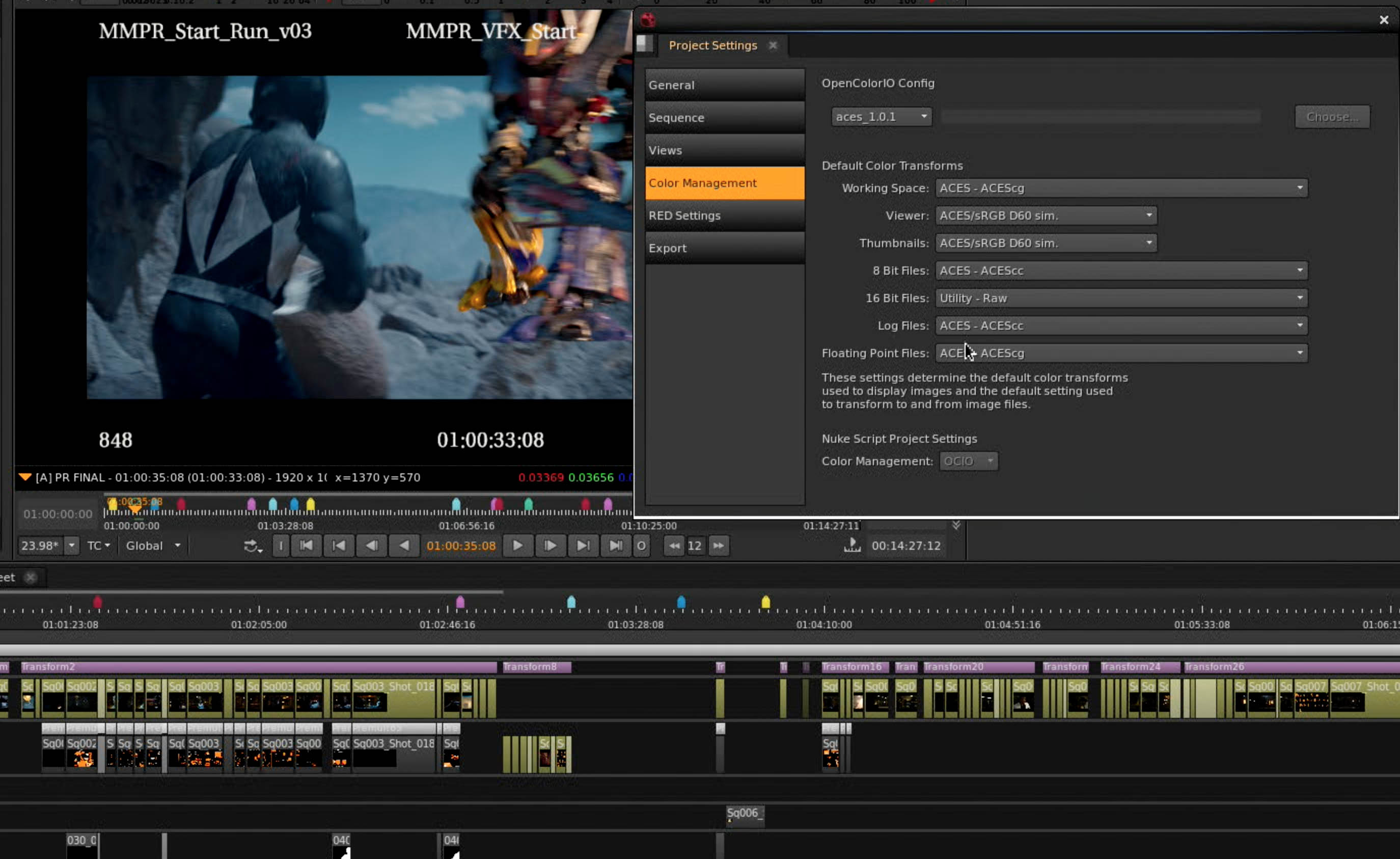


You can specify a different unit by appending k (kilobytes), M (megabytes), or G (gigabytes) after size. Limit the cache memory usage, where size equals a number in bytes. Here’s that list of command line flags in a table: To display a list of command line flags (switches) available to you, use the following command: To do so, place the frame range at the end of the command and use a comma to separate the starting and ending frames. However, for backwards compatibility, you can also use the old syntax. Note:We recommend that you use the -F switch whenever defining a frame range on the command line, which must precede the script name argument. Note how you can use the -F switch on the command line to indicate a frame range, separating the starting and ending frames with a dash. Here’s an example that renders a hundred frames of a Nuke script: nk script, you can render it on the command line without opening the GUI version. Here’s one that displays the version number and build date. Now you can start experimenting with command line flags on launching Nuke. See your Systems Administrator for help setting this up. bashrc file in your home directory so that they are activated each time you open a shell. To get the name of the shell you are using, launch Terminal and enter echo $SHELL.Īlias nuke='/Applications/ Nuke 13.1v3/ Nuke 13.1v3.app/Contents/MacOS/ Nuke 13.1'Īlternatively, if you are using a tcsh shell, enter:Īlias nuke /Applications/ Nuke 13.1v3/ Nuke 13.1v3.app/Contents/MacOS/ Nuke 13.1Īlias NukeX /Applications/ Nuke 13.1v3/ Nuke 13.1v3.app/Contents/MacOS/ Nuke 13.1 -nukexĪlias nukes /Applications/ Nuke 13.1v3/ Nuke 13.1v3.app/Contents/MacOS/ Nuke 13.1 -studio The procedure for this depends on what your default shell is. If you want to doskey Nuke Studio, enter:ĭoskey nukes="C:\Program Files\ Nuke 13.1v3\ Nuke 13.1.exe" -studio On MacĬd /Applications/ Nuke 13.1v3/ Nuke 13.1v3.app/Contents/MacOS/Īlternatively, you can set an alias to point to Nuke and then you can launch Nuke from any directory. Open a command line prompt and change directory as follows:Īlternatively, you can set a doskey to point to Nuke and then you can launch Nuke from any directory:ĭoskey nuke="C:\Program Files\ Nuke 13.1v3\ Nuke 13.1.exe"ĭoskey NukeX="C:\Program Files\ Nuke 13.1v3\ Nuke 13.1.exe" -nukex Note:If you're using a terminal emulator, follow the steps under Mac or Linux, substituting the file paths as required.
#Nuke 10 features how to
First let’s discuss how to launch Nuke from a shell. Command line flags activate various options when you launch Nuke from a command line or Terminal, and provide additional functionality to Nuke.


 0 kommentar(er)
0 kommentar(er)
